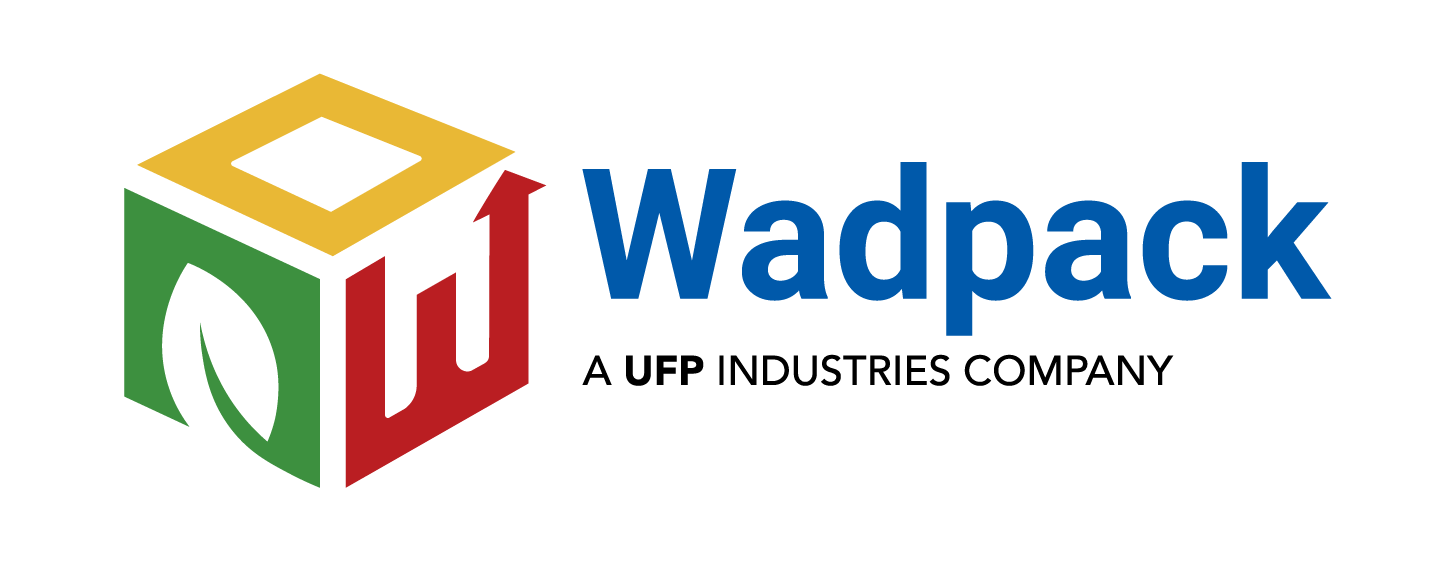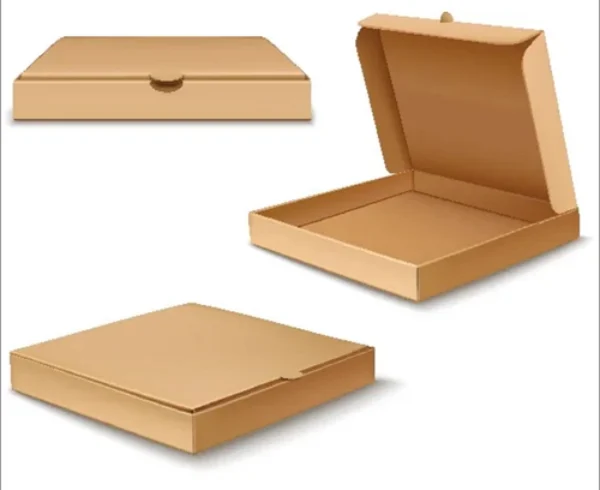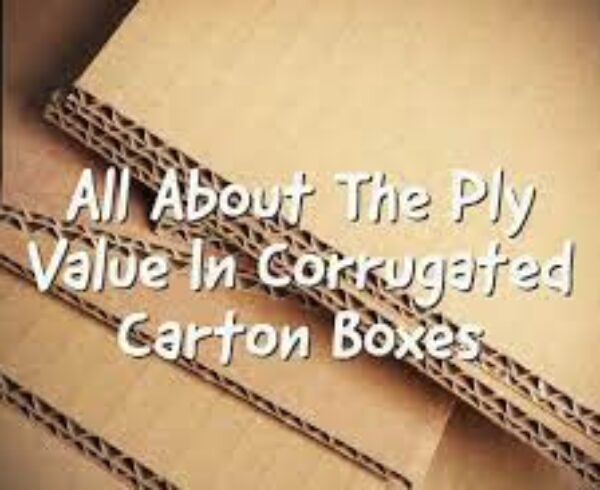Determining the Quality of the Corrugated Boxes

Determining the quality of corrugated boxes is essential for various industries, including packaging, shipping, and storage. The quality of a corrugated box can impact its durability, strength, protection capabilities, and overall performance. In this article, we will discuss the factors that contribute to the quality of corrugated boxes and the methods used to evaluate their quality.
- Raw Material: The quality of the raw material used to manufacture corrugated boxes plays a crucial role in determining their overall quality. Corrugated boxes are typically made from kraft paper, which is derived from wood pulp. The strength and durability of the paperboard depend on factors such as the fiber length, fiber orientation, and the presence of any contaminants. High-quality raw materials result in stronger and more durable boxes.
- Flute Type: Corrugated boxes consist of a linerboard and a corrugated medium (flute). The flute provides rigidity and cushioning to the box. Different flute types, such as A, B, C, E, and F, have varying levels of strength and compression resistance. The selection of the appropriate flute type depends on the specific packaging requirements. Boxes with high-quality flute provide better protection to the contents.
- Box Construction: The construction of a corrugated box includes factors like box style, dimensions, and sealing mechanisms. The box style determines the strength and stability of the box. Common box styles include regular slotted container (RSC), half-slotted container (HSC), and die-cut boxes. The dimensions should be appropriate for the intended contents, ensuring a proper fit and minimizing the risk of damage during transportation. The sealing mechanism, such as tape or adhesive, should be reliable to keep the box securely closed.
- Bursting Strength: Bursting strength is a measure of the maximum pressure or force a box can withstand before it ruptures. It indicates the ability of the box to withstand external pressure during stacking or handling. Bursting strength is determined by conducting a bursting strength test, where the box is subjected to increasing pressure until it fails. High-quality corrugated boxes have higher bursting strength, indicating better resistance to damage.
- Edge Crush Test (ECT): The edge crush test measures the compressive strength of the corrugated box. It evaluates the ability of the box to withstand vertical pressure without collapsing or deforming. In this test, the box is compressed perpendicular to its flutes until it buckles. The ECT value represents the maximum force applied before the box fails. A higher ECT value indicates better box quality and stacking strength.
- Box Compression Test (BCT): The box compression test is similar to the edge crush test but evaluates the resistance of the box to compressive forces from all directions. It measures the maximum load a box can bear without being crushed. The box is subjected to vertical pressure until it reaches a predetermined compression value. Boxes with higher BCT values are considered of better quality and can withstand heavier loads.
- Drop Test: The drop test assesses the ability of the box to protect its contents from impact during handling and transportation. The box is dropped from a specified height onto a rigid surface, and its ability to withstand the impact and protect the contents is evaluated. High-quality corrugated boxes should have better shock absorption and cushioning properties, minimizing the risk of damage to the packaged items.
- Moisture Resistance: The moisture resistance of corrugated boxes is crucial, especially for products that are susceptible to water damage. Corrugated boards can be treated with moisture-resistant coatings or additives to enhance their resistance to moisture. Boxes with good moisture resistance properties are less likely to weaken or deform when exposed to humidity, rain, or other moisture sources.
- Printing and Graphics: The printing and graphics on corrugated boxes serve both functional and aesthetic purposes. The quality of the printing affects the readability of labels, barcodes, and product information. Additionally, high-quality graphics enhance the visual appeal and brand representation of the packaged products. Clear, sharp, and durable printing adds to the overall quality and professionalism of the corrugated box.
In conclusion, the quality of corrugated boxes depends on various factors such as the raw materials used, flute type, box construction, bursting strength, ECT, BCT, drop test performance, moisture resistance, and printing quality. Evaluating these factors through standardized tests and inspections ensures that the boxes meet the required quality standards. By prioritizing quality, businesses can enhance the protection of their products, minimize the risk of damage during transportation, and improve customer satisfaction.




Leave a Comment